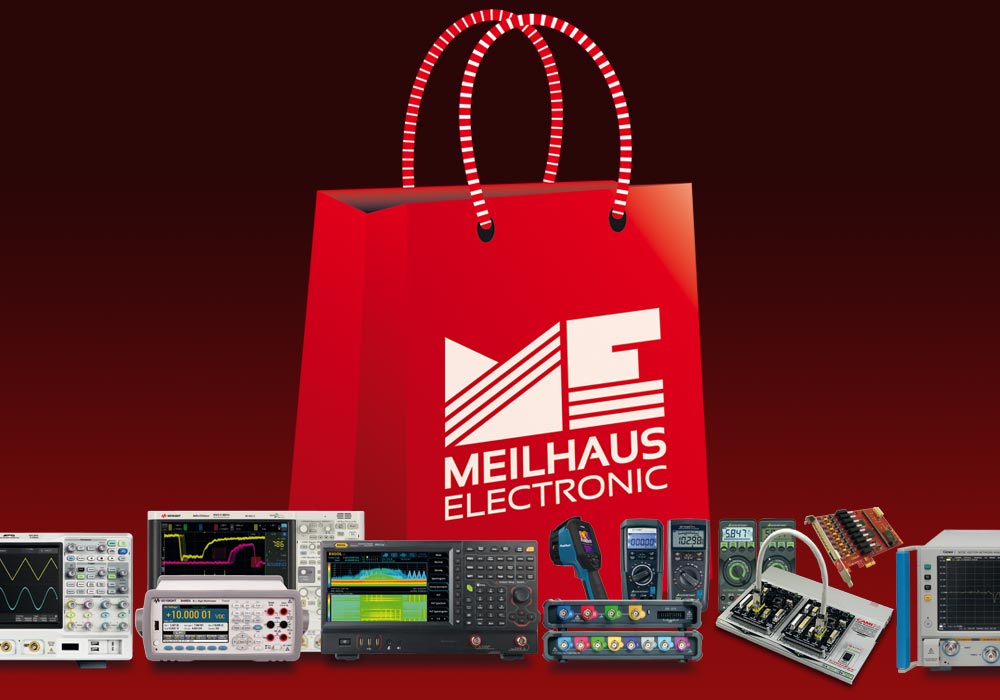PC Plug-in Boards
Embedded Measuring and Control PC Cards/Borads...
...are electronic assemblies (circuit boards/printed circuit boards, PCBs) for installation in a computer system or a PC with the purpose of data acquisition (DAQ) and signal output. Embedded PC cards can be classified in different ways, for example...
- Basic function: Measurement cards/acquisition cards, control cards/output cards, moreover switch cards, stepper motor controllers etc.
- Channel types: Analog input cards (AI), analog output cards (AO), digital input/output cards (digital-I/O, DIO), multifunctional card (AI, AO, DIO combined), switching/relay cards etc.
- Design/bus platform: Board with comb for the bus system (for example PCI Express, PCI), stackable board with on-board bus connector (for example PC/104 variants), plug-in modules in Eurocard formats (CompactPCI variants incl. PXI, VME) etc.
The analog input of a classical DAQ board is basically structured like this on the analog side: The signal is fed in via an industrial connector such as D-sub. A multiplexer (MUX) is usually used for multiple channels, but some cards also offer individual A/D converters per channel. The measuring signal is fed to the A/D converter via signal amplifiers and MUX. From here on the signals are digitized. A galvanic separation is therefore usually made after the converter, since for digital data an isolation via optocoupler is very easy and cheaper.
On the other hand, digital output signals for analog outputs, are fed to the D/A converter (depending on the model via FIFO and MUX) and output as an analog signal on the pins of the connector (often filtered for smoothing purposes).
Digital inputs carry binary signals/logic signals with TTL, CMOS, 24V and other levels directly or isolated via optocouplers from the connector to the logic system of the board. Binary signal means that these signals assume only two logic states 0/1, low/high, for example 0V/5V.
Digital outputs output such binary signals. A port is the combination of a certain number of digital lines (8-bit port, 16-bit port). For example, a port of 8 digital outputs can be used to output an 8-bit wide bit pattern.
Digital-I/O is the common term for bidirectional lines, i.e. lines that can be switched over as inputs or outputs. In many devices, this switching takes place port-wise.
The control logic of the card is responsible for controlling the card via software as well as handling the acquired data. It also controls additional functions like triggers and interrupts or channel selection via the MUX etc.
The interface to the computer is the bus interface logic. Commands are sent to the card via the respective bus system, such as PCI Express, and data is transferred to/from the computer's memory.
PC DAQ Boards in the Era of USB and Ethernet
Virtually Unlimited Possibilities - it's Your Choice!
Are PC DAQ boards still up to date in the era of USB and Ethernet? It depends on your application! Fortunately today you have a wide variety of possible solutions for your measurement, DAQ and control tasks. Depending on the application, solutions with different designs, structures and platforms offer special benefits. That also applies to PC DAQ boards:
Integrated into an industrial PC or CompactPCI system and combined with the right signal-conditioning, they are a good solution for example for applications with multiple channes within tight space, for industrial process control, realtime applications and test stands.




























